
Introduction to Programming with VEXcode IQ Blocks
Introduction to Programming provides a structured sequence of programming activities in real-world project-based contexts. The projects are designed to get students thinking about the patterns and structure of not just robotics, but also programming and problem-solving more generally. This curriculum includes videos, animations, and step-by-step lessons designed to help beginners learn behavior-based programming using the VEX IQ hardware and VEXcode IQ Blocks scratch-based programming software. 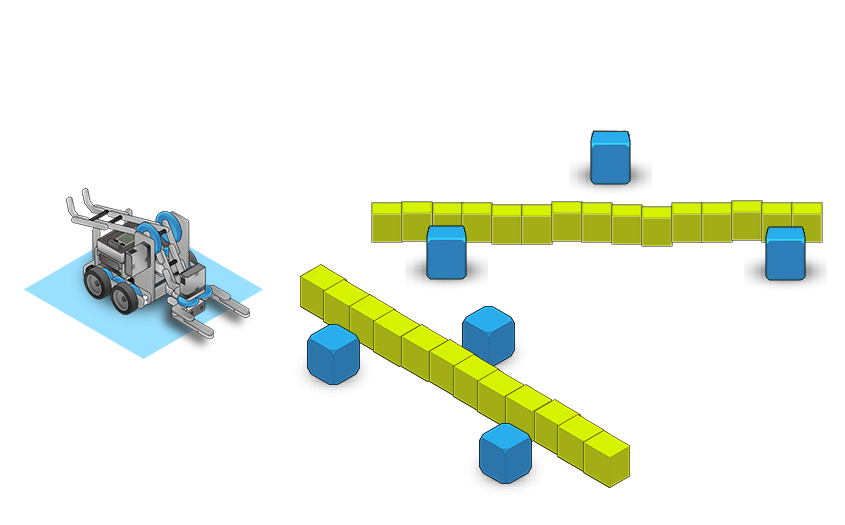
About the Curriculum
Each hands-on challenge and activity is based on one of Carnegie Mellon University’s own robots. Students will build on their coding and computational thinking skills in order to develop their own solutions to these real-world problems.
Introduction to Programming with VEXcode IQ Blocks is broken up into 6 different units. Within the units, students will engage with their robot and learn core concepts through step-by-step, media-driven instructional content, “Try It” remix activities, mini-challenges, “Check Your Understanding” questions, a culminating end-of-unit challenge to apply what they have learned, and an end-of-unit quiz.
Curriculum Unit Overview
Unit 1: Basic Movement
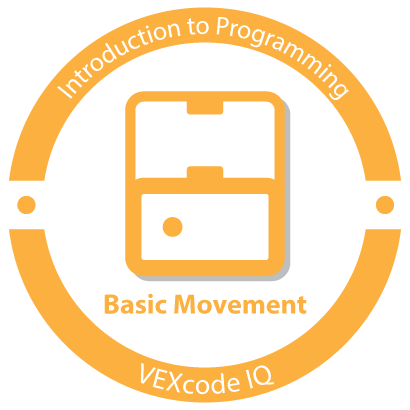 |
In Basic Movement, students learn to write programs that move the robot forward, backward, make turns, and control the robot’s gripper. |
Unit 2: Sensors
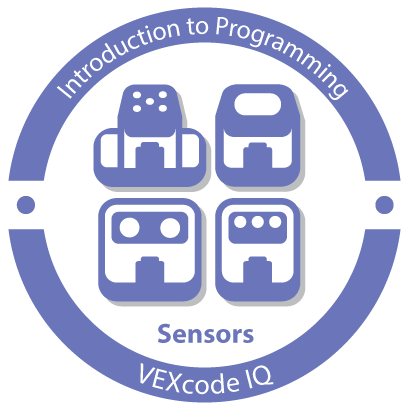 |
The sensors unit introduces students to the Touch, Distance, and Color Sensors. Students learn how to write Boolean expressions, conditional statements, and understand what sensors are appropriate for accomplishing different tasks. |
Unit 3: Program Flow 1
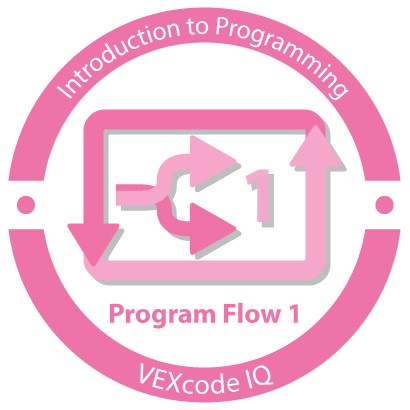 |
In this unit, students will learn how to use conditional statements, loops, and incorporate sensor feedback. |
Unit 4: Search and Rescue
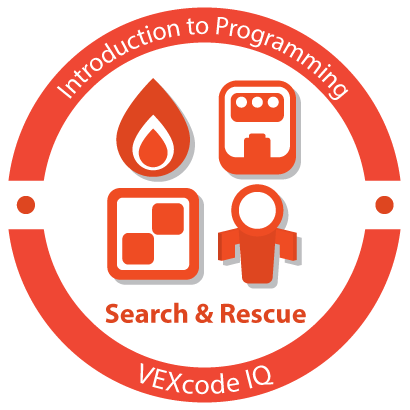 |
The Search & Rescue Project is an opportunity to apply programming skills in robot movement, sensing, and decision making with a longer, multi-part challenge. |
Unit 5: Program Flow 2
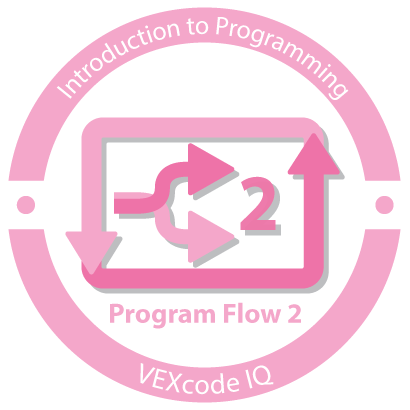 |
In Program Flow II, students are introduced to commonly-used techniques in robotics programming that makes use of conditional statements inside loops to create rapid decision-making loops that behave as if the robot is “continuously” making decisions. |
Unit 6: Direct Control
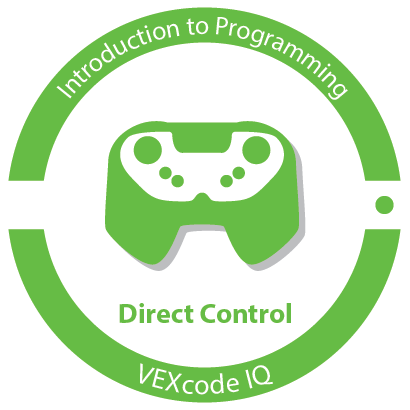 |
Even when robots are being remotely controlled, they are running a program that controls how they respond to the signals sent by the VEX IQ Controller. This module will teach users how to write programs that enable remote control of the VEX IQ robot. |
Training and Certification
Robotics is a powerful STEM organizer that allows for a diverse set of subjects to be integrated and taught in a rich context. Whether you’re a formal education teacher, an informal education facilitator, or a competition coach, if you’re looking to reach the most valuable and transferable learning outcomes with your students through robotics should enroll in the Carnegie Mellon Robotics Academy’s Certified Teacher Training. A certified educator has the opportunity to offer the Carnegie Mellon Robotics Academy certification within their own classrooms and learning environments, providing the students with evidence of their valuable experience that they can showcase.
- On-site training is conducted at the National Robotics Engineering Center (NREC) in Pittsburgh, PA.
- In Live Online training, educators learn from a Robotics Academy instructor from anywhere in the world through interactive sessions. (Live sessions are recorded)
As part of the training, teachers also learn how to use the CS-STEM Network (CS2N.org) to create “Groups” with their students, track progress, and collect assignments.
Implementation Guidance
Introduction to Programming is designed for student self-pacing individually, or in small groups, (preferably pairs). Each individual or group should work together at one computer, with one VEX IQ robot. The exact number of contact hours provided in the curriculum will vary, given the self-paced nature of the materials, along with other factors such as class length and frequency.
One of the biggest challenges facing teachers today is meeting the needs of each individual student in their classroom; that is the core of differentiated instruction. Differentiated instruction asks teachers to approach students at their instructional level, and requires students to show evidence of growth from their instructional level. Differentiated instruction encompasses more than just assessment. It involves all aspects of instruction: classroom delivery, overall learning environment, learning content, and assessment. The curriculum provides many opportunities for students of all abilities.
Curriculum tasks are designed to involve some – but not extensive – mechanical consideration, so that hands-on design tasks may remain authentic without becoming logistically difficult.
A typical plan for a curriculum module is:
- View the introductory video as a class, or in individual groups, then review the challenge for the unit
- In a group, identify and note key capabilities the robot must develop, and problems that must be solved in individual engineering journals or class logs (e.g. on sticky paper posted on the walls)
- Individuals or groups proceed through the materials at their own pace, following the instruction directly, and constructing solutions to the Try It! and Mini-Challenge steps as they go
- Each individual or group constructs its own solution to the Unit Challenge
- Groups may be asked to document their solutions in journals or logs, and especially to explain how they overcame the key problems identified at the start of the unit
Required Materials
VEX Hardware and Software
Other Materials
- Black electrical tape
- Open areas for the robot to safely move
- Small, colored objects for the robot to manipulate. We like the Cube kit
- Boxes or other objects to serve as barriers and obstacles
- Meter sticks
- Protractors